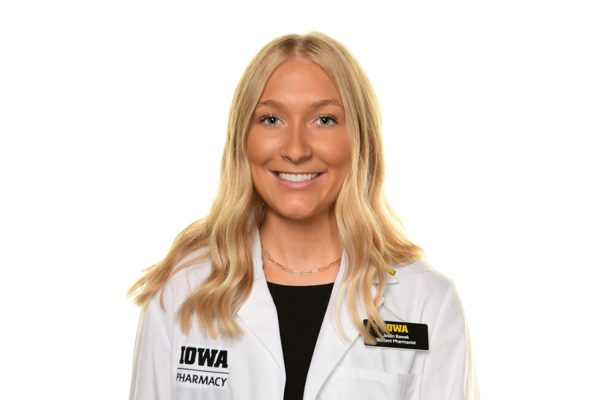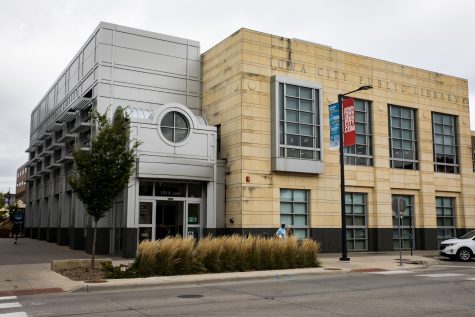The Doctor Is In: You need to know how to prevent opioid overdose, even if you don’t use opioids
A powerful opioid, fentanyl, is showing up in cocaine, benzos, and molly across the Midwest and causing more accidental deaths than ever.
(Myung J. Chun/Los Angeles Times/TNS)
March 3, 2019
It is extremely unlikely that a physician will ever advise you to use prescription medications or illicit drugs for recreational use, not as prescribed, or for the purpose of intoxication. Yet, we know that these things happen. For better or for worse, mind-altering substances are a part of our world — so much so that Americans are now more likely to die from an opioid overdose than in a car accident.
However, in Iowa, you’re much more likely to find people using stimulants such as cocaine, MDMA (molly or Ecstasy) or benzodiazepines (a class that includes Xanax and Klonopin) than heroin.
The comparatively little amount of heroin in Iowa doesn’t mean that UI students aren’t at risk of opioid overdose. In states surrounding Iowa, more and more people die of accidental overdose when using benzos or stimulants: bars of Xanax and bags of cocaine are found to contain a particularly potent opiate known as fentanyl, unbeknown to the consumer. This recent cross-contamination trend represents a good reason for people who use benzos, cocaine, and MDMA to practice extra care before getting high.
For people who use opioids or drugs that could contain fentanyl contaminants, there are a few key steps to preventing an overdose.
RELATED: The Doctor Is In: How to take on the common cold
1. Test your drugs
Drug checking is smart. It also takes relatively little time. Interested in whether your molly is pure and not a mixture of methamphetamine and MDMA? Is your cocaine really cocaine? There’s a test for that, and many can be purchased via an organization called Dance Safe. This is also a proven overdose-prevention strategy.
Organizations such as the Iowa Harm Reduction Coalition provide free fentanyl test strips, which can test any substance for the presence of this potent opioid. Finding out whether your drugs contain fentanyl is the first step in figuring out whether it is safe to proceed with using, or how to use more safely.
2. Go slow
You can always do more, but you can never take back. Take time to observe the effects of the drug on your body.
3. Don’t use alone
If you do choose to get high by yourself, give a friend a heads up. People die of overdoses because they use without anyone around who can administer naloxone (or call 911).
4. Carry naloxone
Naloxone (brand name Narcan) is the antidote to opioid toxicity that can be used to reverse an overdose. Bonus: Naloxone is an extremely safe medication with fewer negative side effects than Tylenol. Obtaining naloxone in Iowa is easy and can also be obtained via the harm-reduction group.
5. Be careful about mixing
People are more likely to die of an opiate overdose when they are also taking benzos or drinking alcohol. Not to be alarmist, but let’s say a person takes a few bars of Xanax early in the evening, then heads to the bar and does a few lines of (unknowingly) fentanyl-contaminated cocaine in the bathroom. The combined presence of fentanyl, alcohol, and benzodiazepines can make an overdose a more likely result.
TL;DR: There’s no way of knowing what your drugs contain because their composition is not regulated. So practice harm reduction and stay safe.
— Sarah Ziegenhorn
Third-year UI medical student



















